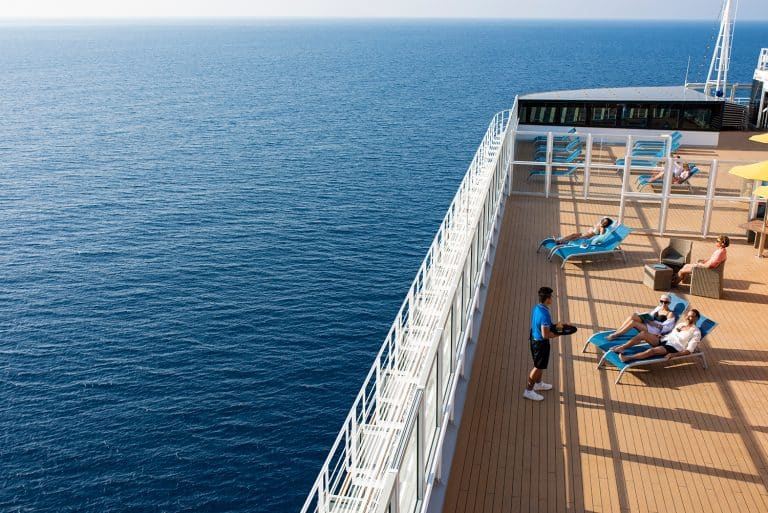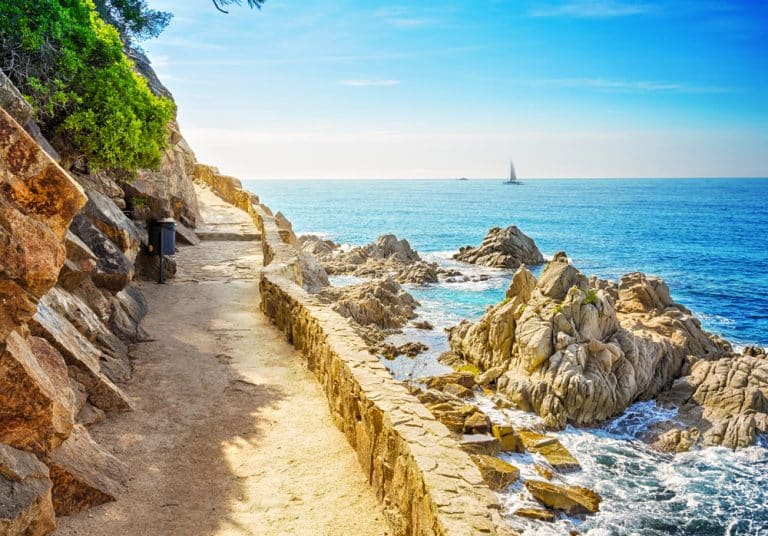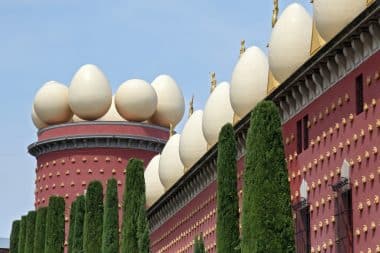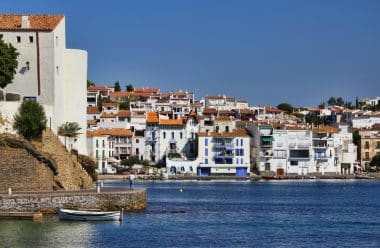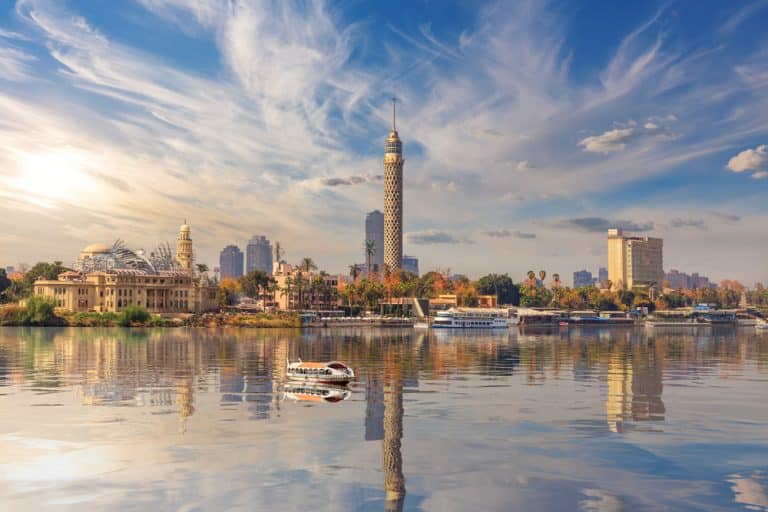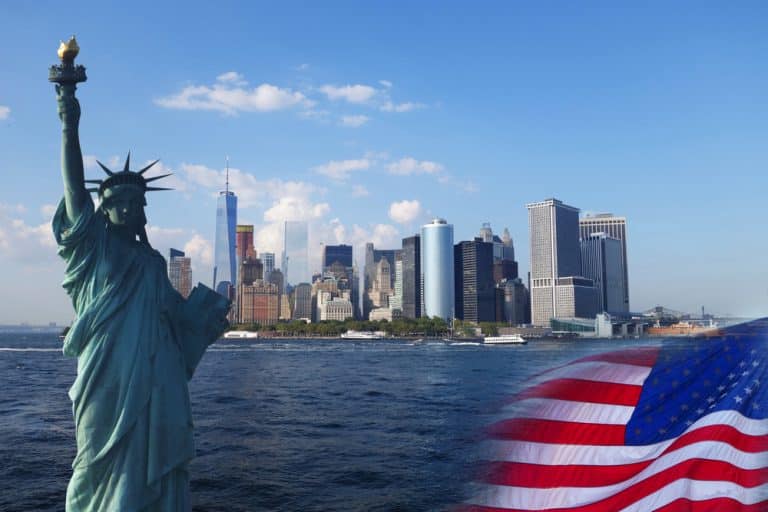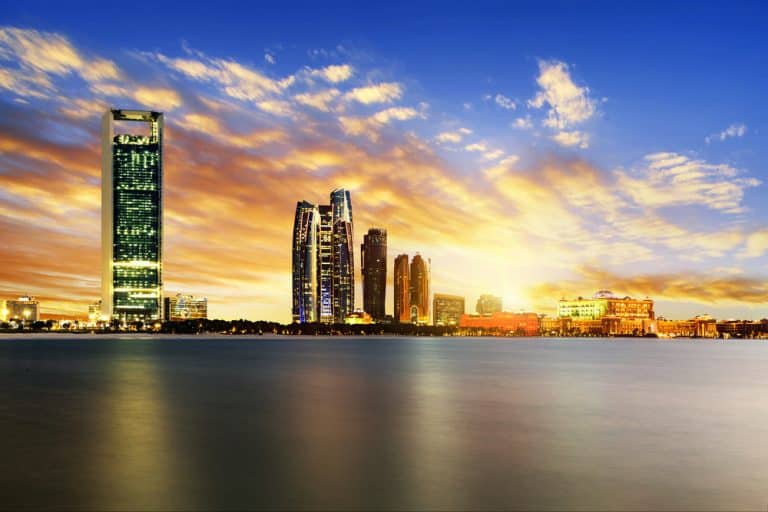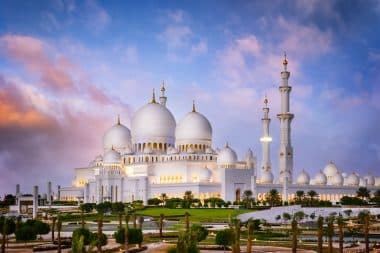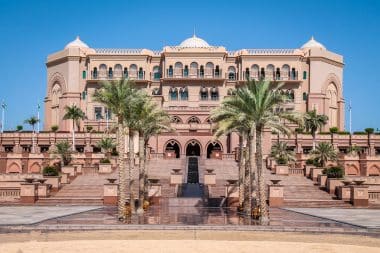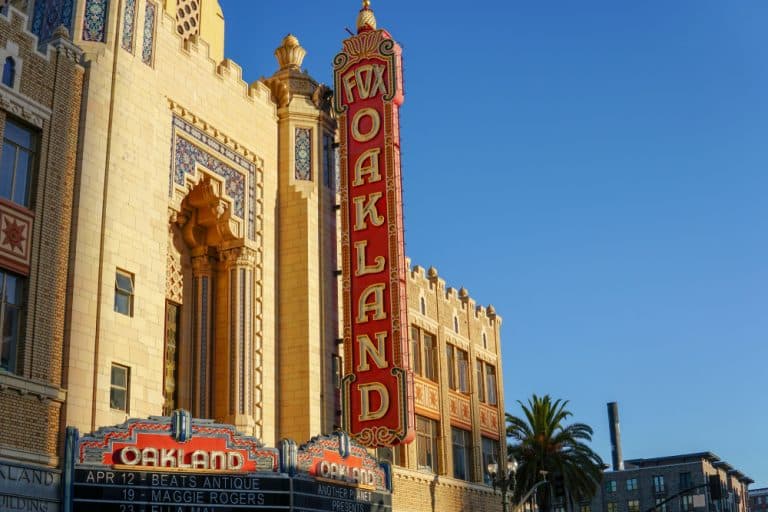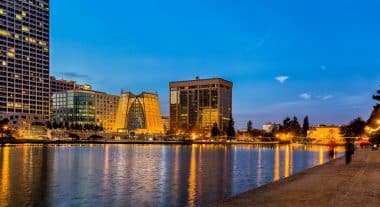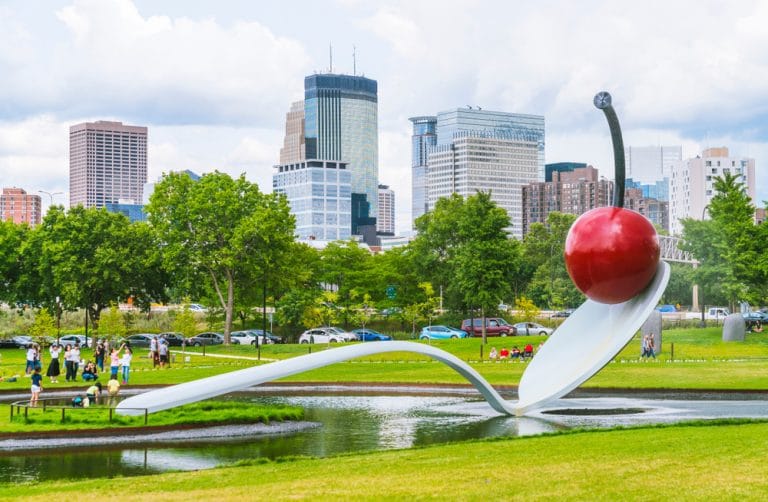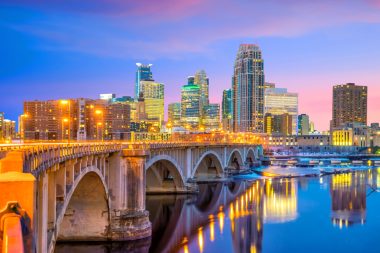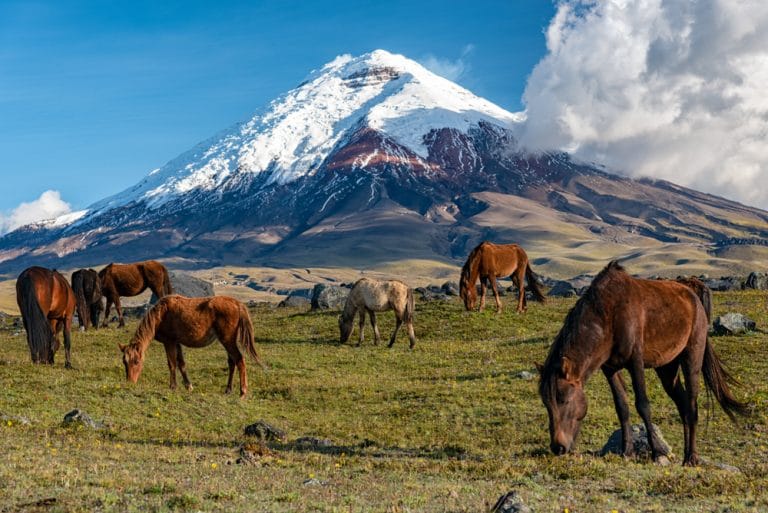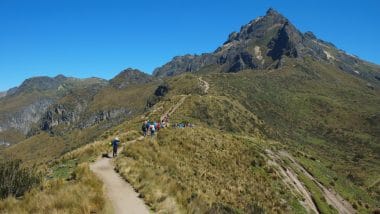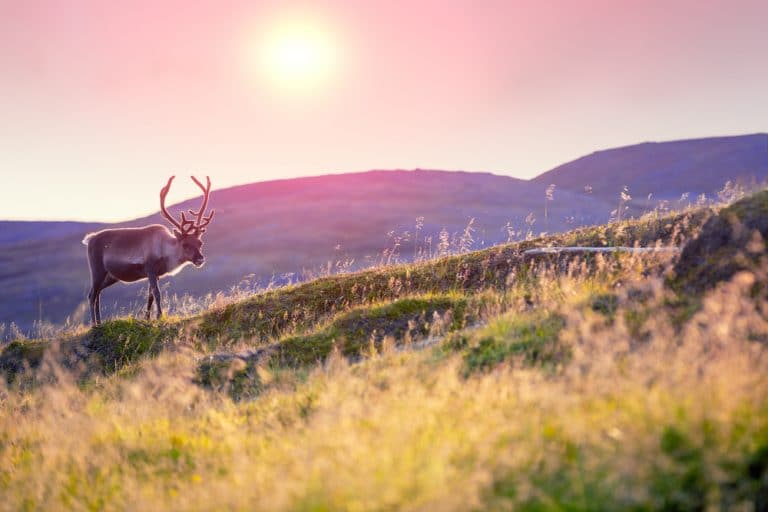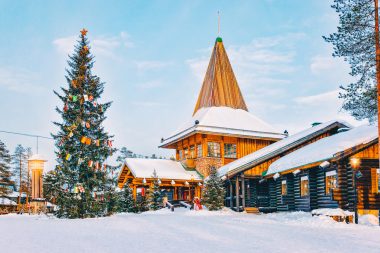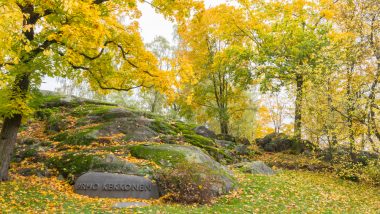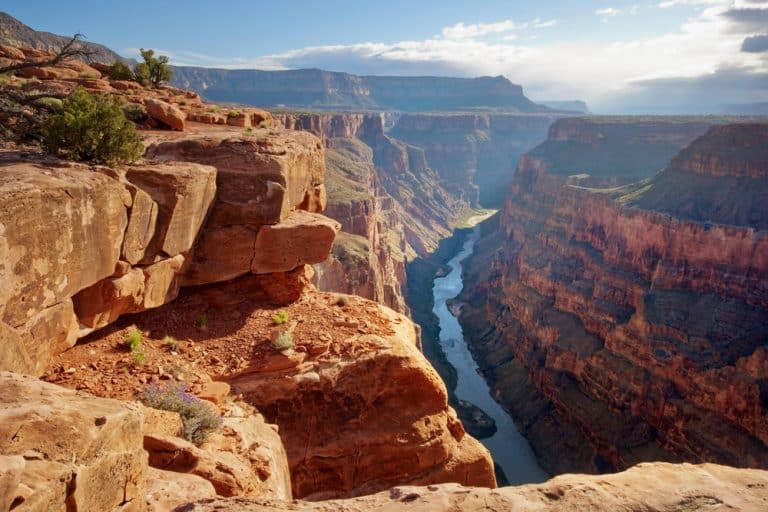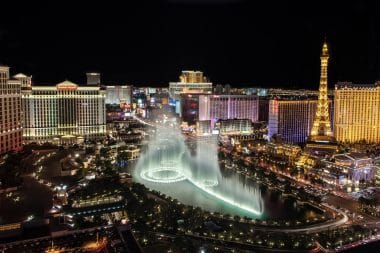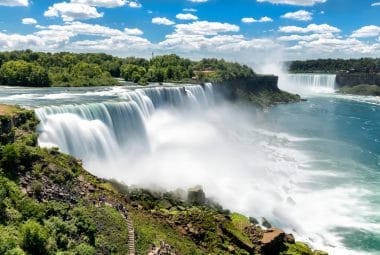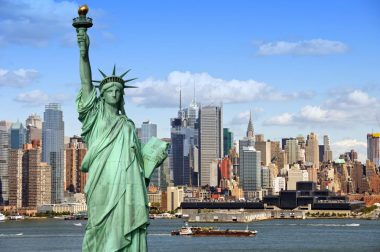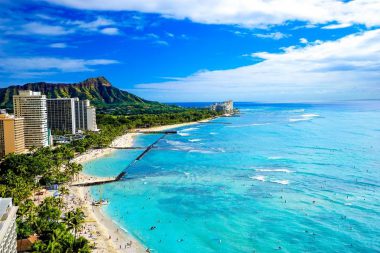The Mediterranean has always attracted German holidaymakers in droves. A wonderful climate, many different regions and foreign countries attract together with historic cities and great food. In addition to the opportunity to relax on the beach, cruises in the Mediterranean in particular have gained significantly in popularity in recent years.
With a cruise, you not only have a mobile luxury hotel with a variety of options for leisure, supply and accommodation, but you can also reach the most interesting and beautiful destinations of the Mediterranean simply overnight. So, floating cities have become one of the most popular tourism options in the Mediterranean, and for good reason.
The advantage of a cruise ship trip through the Mediterranean
A Mediterranean cruise is probably the most relaxed way to explore the various destinations and regions in the Mediterranean. After check-in on the ship, you have the personal cabin, which lacks nothing in terms of comfort and luxury compared to the classic hotel room. On the ship itself, there are usually numerous restaurants, bars and small cafes for catering. The modern ocean liners are also a center of entertainment. With comprehensive programs, its own theaters and cinemas, performances and, if necessary, animation for the children, there are many options for how to spend a day on the high seas.
In addition to the luxury on the ship, the focus is of course on the journey through the Mediterranean itself. Most cruise ship trips are based on the most beautiful cities you can find. In addition to a round trip from Naples to the south of France, tours along the Greek islands are also possible. Here it is already the cost factor that speaks for a trip by cruise ship. If you want to explore several places on the Mediterranean in a short time, you would spend money on a rental car, a flight or the train journey every time. With the cruises, there is the transfer on the luxury ship to the various locations, while you can use all the amenities on the ship and usually arrive at the new destination overnight.
The most beautiful trips for a cruise through the Mediterranean
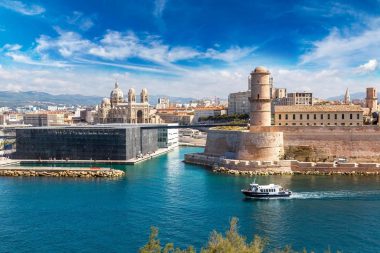
There is a large selection of providers who specialize in cruises through the Mediterranean. They all offer different tours with very different lengths. A short tour along the Greek islands, on which you can explore Athens, Mykonos, Crete and islands such as Santorini in five days. Other options include a tour between the islands of the western Mediterranean, visits to the most famous port cities and, of course, trips to the most interesting metropolises that have a long history. Longer cruises sometimes have a day at sea, so that you can relax between the strenuous tours and enjoy the offers on board.
One of the most popular providers for booking cruises in the Mediterranean is Costa cruises. The provider specializes in various models for traveling in the Mediterranean with a large fleet of beautiful and luxurious ships. The most popular route, for example, led from Palma past Barcelona, Marseille, Messina and Rome and lets cruise passengers explore some of the most interesting cities in the Mediterranean within 8 days. But there are also cruises that focus more on the sprawling world of Greek port cities, for example. In four days, they will travel from Trieste via Mykonos, Katakolon and Corfu back to their home port. Perfect weather and the Greek islands in just seven days – a dream for anyone who wants to discover more of the Mediterranean.
One of the most beautiful tours is certainly the one between Italy, Greece, Turkey and Croatia. The journey begins in Venice – a city that many people claim to have seen at least once and that was the starting point for many upheavals in the Mediterranean. From here you will continue to Katakolon, Izmir and Istanbul. Each of these cities could be the subject of a novel of its own, and each has a variety of sights. Travelers on a cruise ship have the advantage that the experienced companions on board can organize everything you need for an exploration trip. Accompanied tours to the most interesting sights and excursions on land are therefore possible without any problems. However, it is also up to the travelers on the ship to explore the cities on their own, immerse themselves deeply in the life of cities like Istanbul and return to the safe harbor in the evening in the form of their own cabin on the ship.
Of course, the other side of the Mediterranean must not be forgotten either. Various cruises deal with Las Palmas, Barcelona, Marseille, the Balearic Islands and of course Sicily. From here it is only a short stone’s throw to Naples and Rome and many of the cruises offer corresponding tours to the oldest and some of the most beautiful cities in the Mediterranean. Here, too, culture and great food are pre-programmed – always according to your own wishes and requirements.
Find themed cruises and special tours on the cruise ships
A cruise in the Mediterranean is also always a great way to get in touch with people who have similar interests. Many providers therefore also have specialized cruises. These are tours that are particularly suitable for pensioners and also offer appropriate accompaniment or for party-goers who first want to party on the ship and then continue on shore leave, for example in Ibiza. So if you are looking for alternatives to the supporting program around culture and sights, you will find offers from many providers today in this area that are associated with a unique holiday and many great memories in the Mediterranean.


